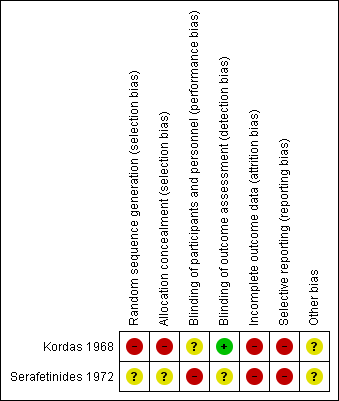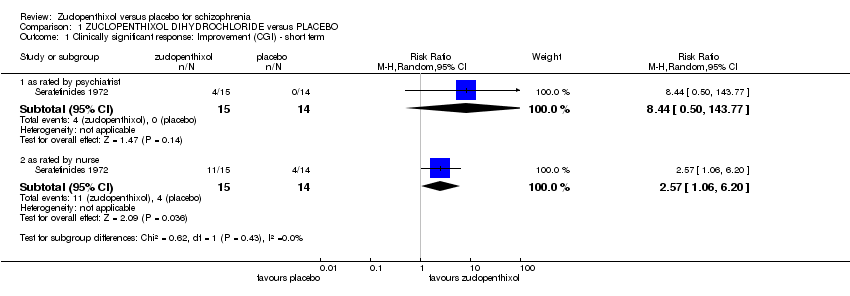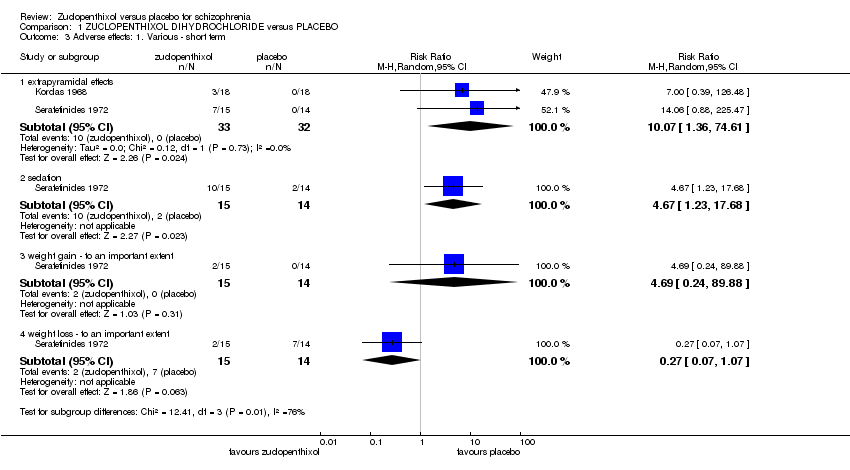Contenido relacionado
Revisiones y protocolos relacionados
Edward J Bryan, Marie Ann Purcell, Ajit Kumar | 16 noviembre 2017
Kaushadh Jayakody, Roger Carl Gibson, Ajit Kumar, Shalmini Gunadasa | 18 abril 2012
Markus Dold, Myrto T Samara, Chunbo Li, Magdolna Tardy, Stefan Leucht | 16 enero 2015
James R Sampford, Stephanie Sampson, Bao Guo Li, Sai Zhao, Jun Xia, Vivek A Furtado | 2 julio 2016
Katja Komossa, Christine Rummel‐Kluge, Heike Hunger, Franziska Schmid, Sandra Schwarz, Joaquim I Silveira da Mota Neto, Werner Kissling, Stefan Leucht | 20 enero 2010
Katja Komossa, Christine Rummel‐Kluge, Sandra Schwarz, Franziska Schmid, Heike Hunger, Werner Kissling, Stefan Leucht | 19 enero 2011
Katja Komossa, Christine Rummel‐Kluge, Heike Hunger, Sandra Schwarz, Paranthaman Sethupathi Bhoopathi, Werner Kissling, Stefan Leucht | 7 octubre 2009
Kai Koch, Kamel Mansi, Euan Haynes, Clive E Adams, Stephanie Sampson, Vivek A Furtado | 11 enero 2014
Clive E Adams, George A Awad, John Rathbone, Ben Thornley, Karla Soares‐Weiser | 6 enero 2014
Ravindra B Belgamwar, Hany George G El‐Sayeh | 10 agosto 2011










